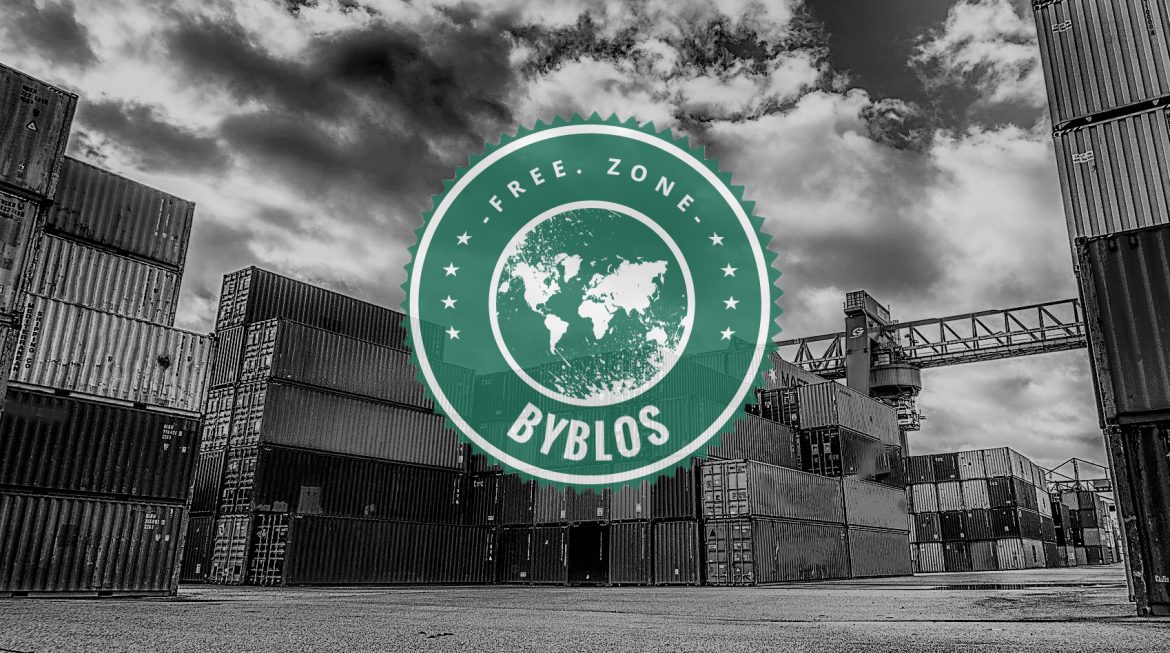Free Zones in Lebanon… More than a need… A necessity
written by Firas El Husseini
Firas El Husseini
Lawyer, holding a Public Private Partnership & infrastructure degree from Kennedy School of Government, Harvard; Mini MBA in Petroleum Industry Dynamics from Euromoney. With expertise in infrastructure and Oil & Gas contracts and other areas of practice.

